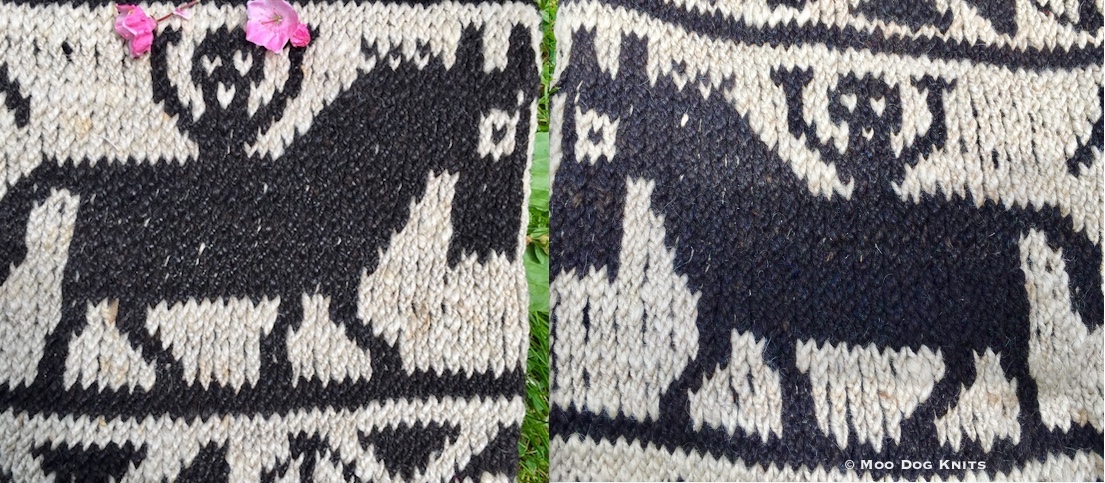“Programming: when the ideas turn into the real things.” – Maciej Kaczmarek
Design and build. Engineers and artists start at the same place. Here’s a concept, I will find a way to bring into reality. Let’s explore how to do that, build pathways. Analytical thinking applied to different mediums result in a variety of outcomes. Sometimes oddball “mistakes” lead to discoveries. Trial and error, listen along the route. Time stops because of the joy in figuring things out.

Face to face with hearts for eyes. Horse and rider pattern is mathematical with symmetry. Count the stitch pattern to reproduce in other ways – paint squares, counted cross stitch, tiles – imagination powers the how. Heart-shaped eyes – actually one stitch – seen here are a quirky feature.
Creators and makers and founders run in parallel worlds on the same planet – each in a field of industry with not much overlap. Does it make sense that work done as a flightline mechanic for cargo aircraft and heavy-lift helicopters unlocked secrets of knitting? Maybe not, but aviation technical orders illustrate a step-by-step procedure in words with visual schematics. Troubleshooting trains the mind to think logically. If yes, go to this step. If no, proceed to that. Yes, military service and applied physics in the real world (have the hands that show it) aided the process of engineering with fiber materials in three dimensions (plus the 4th dimension, time).
The acronym “STEAM” for science, technology, engineering, arts, mathematics – thought up by those who see value in adding another dimension to STEM (minus the “A” for arts). STEM disciplines include physics, biology, applied mathematics, computer science, software engineering – and many more – but changes are happening very very quickly, blending art with science. The ability to interface with those who engineer how all happens is crucial. Video on mixed reality and business (design + engineering + brands) linked here.
To be continued.
